The second collaboration between the inkjet textile printer “FOREARTH” and the fashion brand “ANREALAGE” was presented at Paris Fashion Week® Spring/Summer 2025.
Kyocera Document Solutions Inc. (President: Hironori Ando) is pleased to announce a collaborative work designed and produced by Kunihiko Morinaga, the founder and designer of the Japanese fashion brand “ANREALAGE,” using fabrics printed on our inkjet textile printer “FOREARTH”. The collaborative work was presented at the women's collection of Paris Fashion Week for Spring/Summer 2025. This is the second collaboration following the previous Paris Fashion Week® for Fall/Winter 2024-2025.
Our collaborative work was unveiled on Tuesday, September 24 at 17:00 local Paris time. In this collaboration which was based on the concept of “WIND,” FOREARTH printed on very light weight fabrics such as high-density polyester taffeta, which expects to keep soft hand feel and light weight with sustainability. FOREARTH contributes not only flexible printing but also dramatically reduces environmental impact.
ANREALAGE is a fashion brand that has participated in Paris Fashion Week more than 20 times in 10 years. This collaboration is implemented by Mr. Morinaga, who shares affinity with the concepts of our environmentally friendly inkjet textile printer “FOREARTH,” which uses 99.98% less water.

Comment from Mr. Kunihiko Morinaga
The concept of this collection is "WIND". We visualized the invisible force of the wind. The clothes are transformed from ordinary form into an extraordinary form by wind inside. When the wind stops, the form of the clothes changes again to draped daily wear due to gravity. I also thought that the wind could be visualized through graphic design, which is essential for fashion. Normally, graphic prints are arranged regularly without the concept of gravity, but I thought that if the wind were to blow there, the graphic pattern itself would be released from the gravity on the earth and would float freely in the sky. I created graphic designs that allow petals to dance in floral patterns, and even polka dots, checkered patterns, houndstooth patterns, and tartan checks to dance freely in spaces. The wind, which is the theme of the collection, is expressed in the form of the clothes and the visuals by sending the wind into the textile space surrounded by the graphic.
The reason we adopted "FOREARTH’s" printing technology is because wind and water are closely related. Originally, when the wind blows, waves are generated on the surface of the sea, and those waves become ocean currents, which evaporate to form clouds. By creating clouds, rain falls on the ground and creates a water cycle on the earth. We believe that wind and water are inseparable for the environment. I felt affinity with the characteristics of "FOREARTH," which uses as little water as possible, and adopted it as a printing technology.
What was also noteworthy about the clothes this time was the part where the textile expands lightly as if it were flying in the air when wind is fed into the clothes. For this reason, we used thin and light textiles that weigh only 23 grams per square meter, but we needed a technology that would not affect the weight and lightness of the textiles by placing prints on them. Ordinary pigment inkjet prints tend to be heavy and hard, but with "FOREARTH" we have been able to reproduce the light, flexible, and supple texture without losing its originality.

Features of the inkjet textile printer "FOREARTH"
1)Water Free Concept
Dramatically reduces water usage in textile printing.*
2)Creative Free
Proprietary water-based pigment ink realizes both soft hand-feel prints and high fastness in a wide range of fabrics.
3)Location Free
Textile printing does not rely on water resources, so it supports optimized production volumes and optimized manufacturing location setting and contributes to the reduction of logistic costs, time, and excess inventories.
As "FOREARTH" dramatically reduces water usage in textile printing next to zero, it does not require separate facilities such as for steaming and washing needed in pre- and post-treatment processes of conventional textile printing. This will also contribute to a significant reduction in energy consumption and CO2 emissions.
Furthermore, it achieves a soft texture maintaining softness of the fabric that are important in the textile and apparel industries, and enables high-definition printing on a wide range of fabrics such as cotton, silk, polyester, nylon, and blended fabrics.
| ※ |
|

■Click here for more information about the inkjet textile printer "FOREARTH”
<List of collections presented at the show>
 1
1
 2
2
 3
3
 4
4
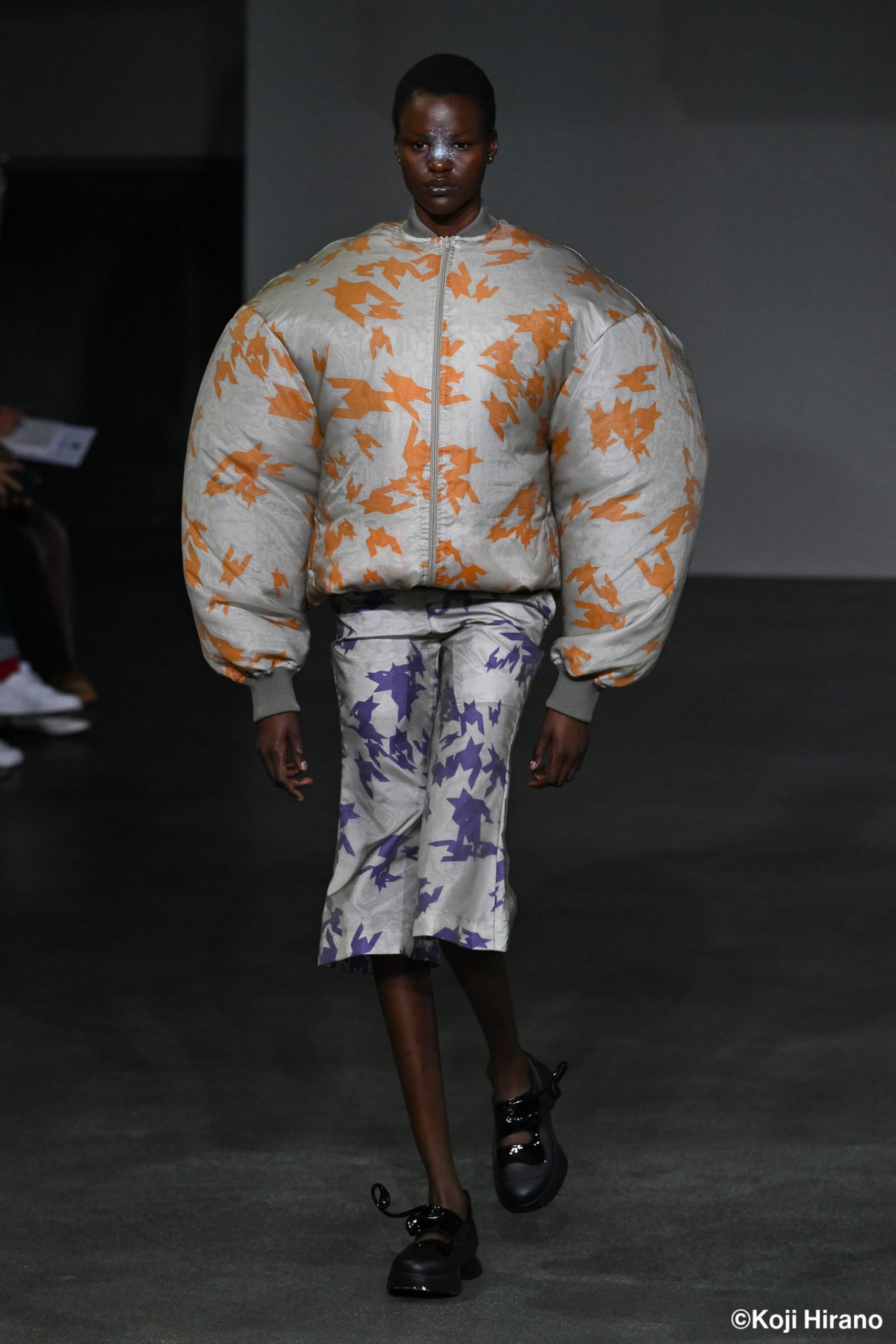 5
5
 6
6
 7
7
 8
8
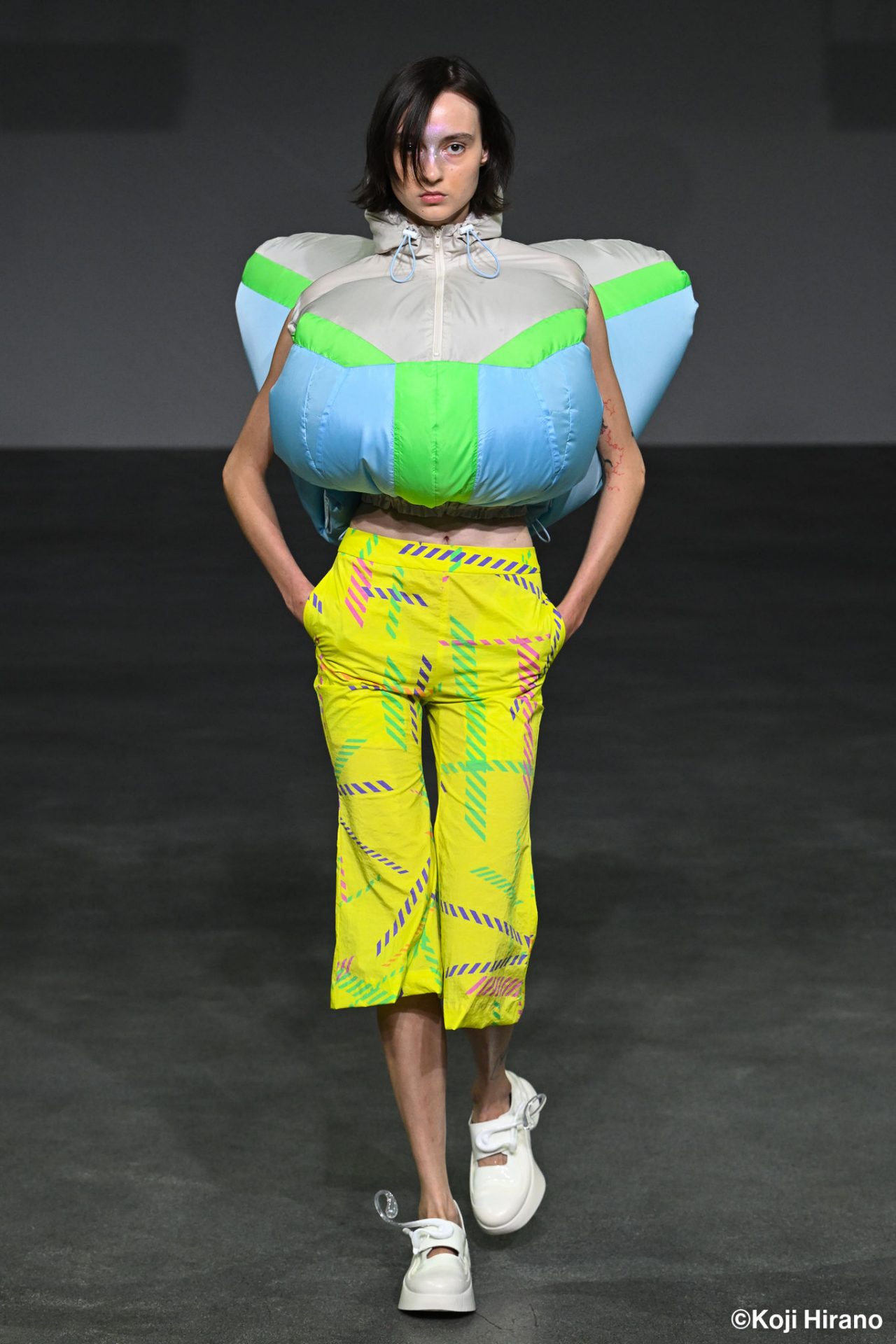 9
9
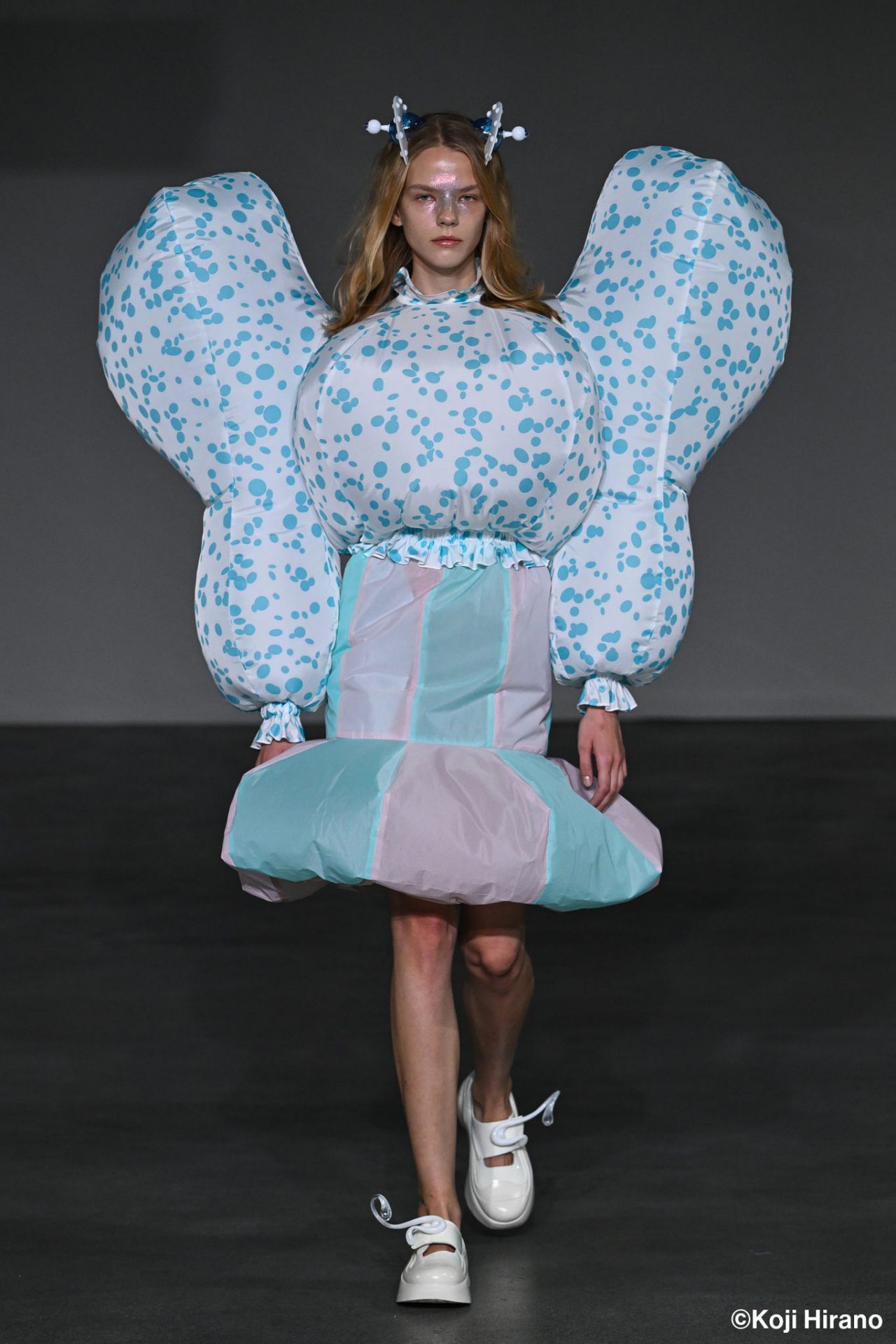 10
10
 11
11
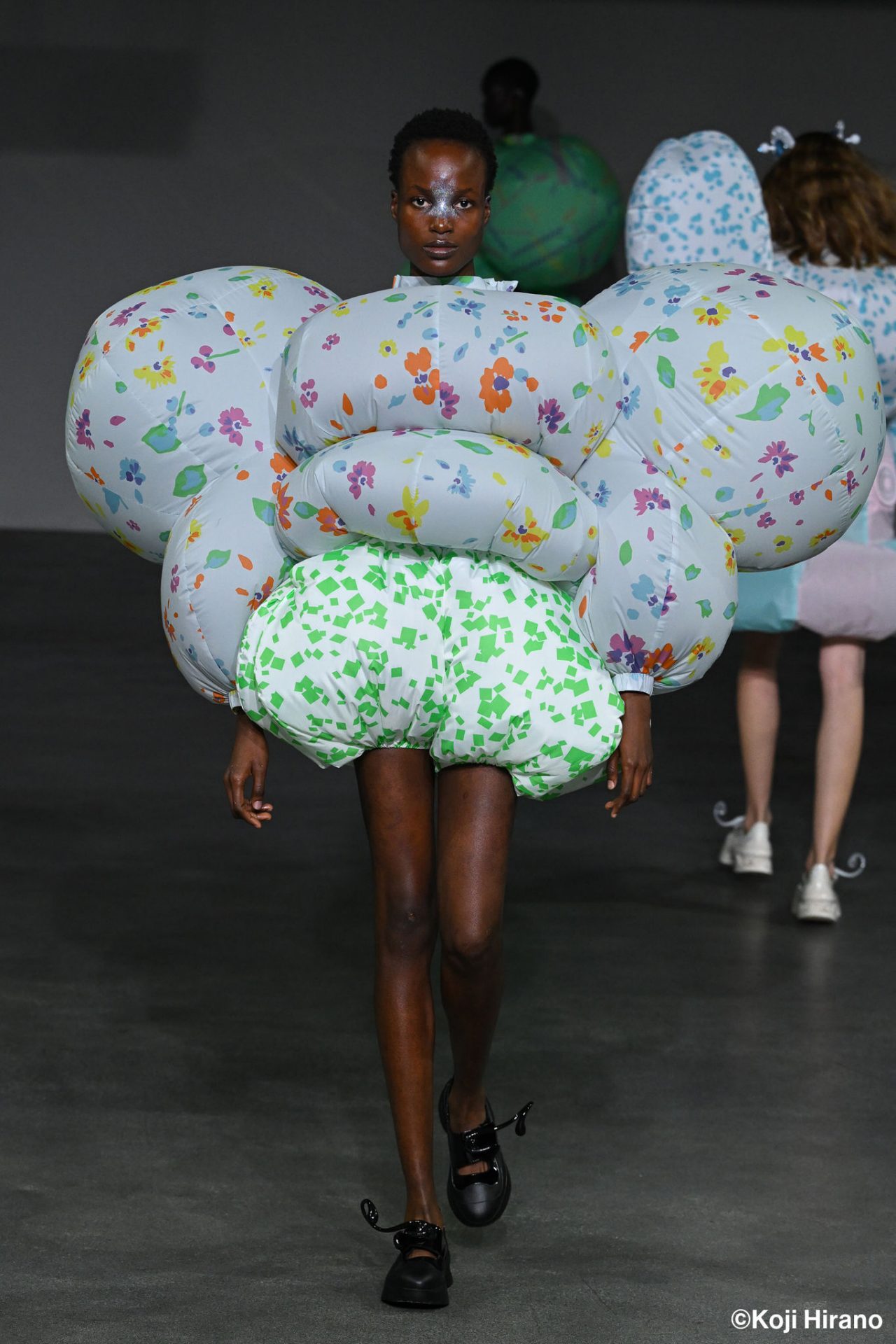 12
12
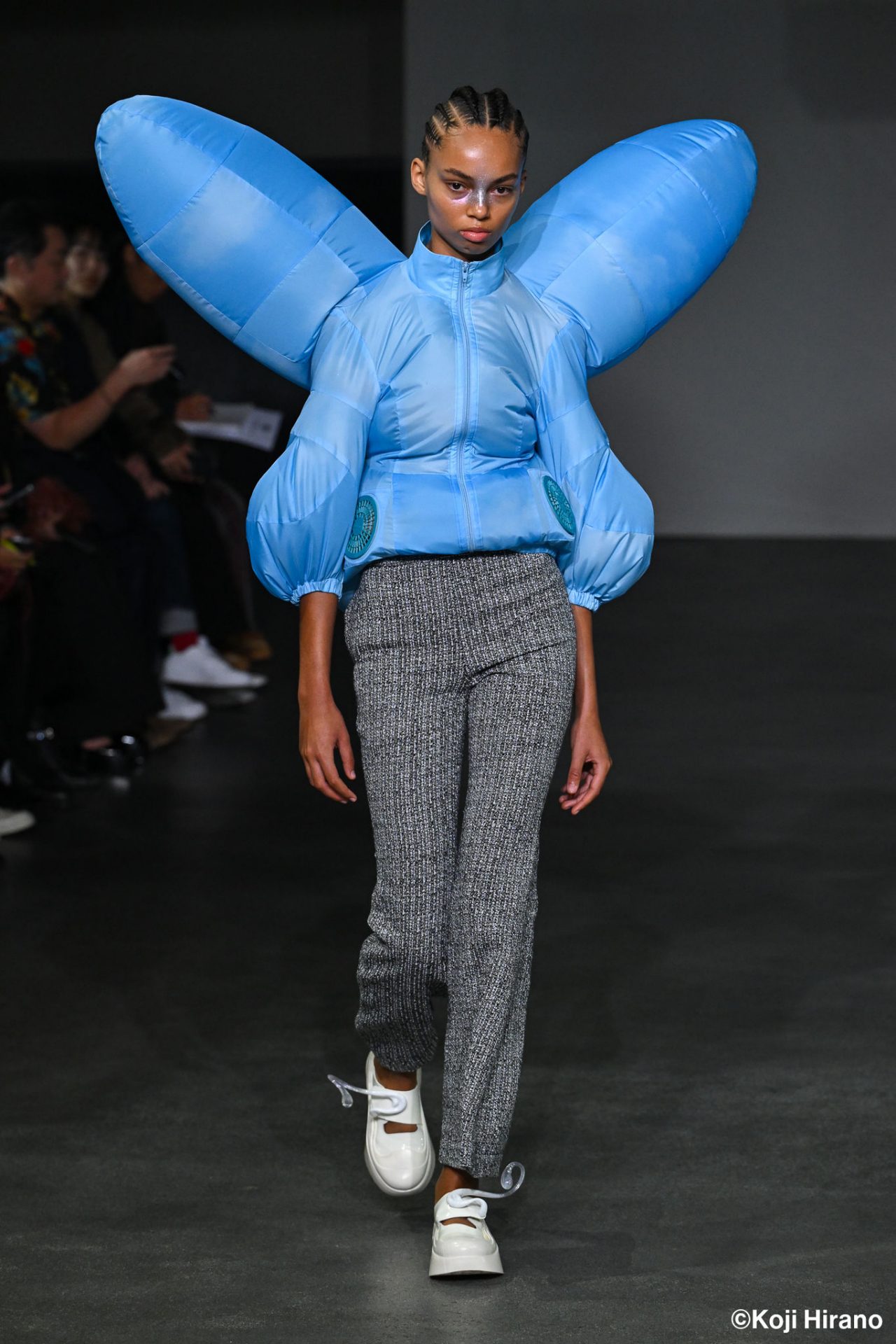 13
13
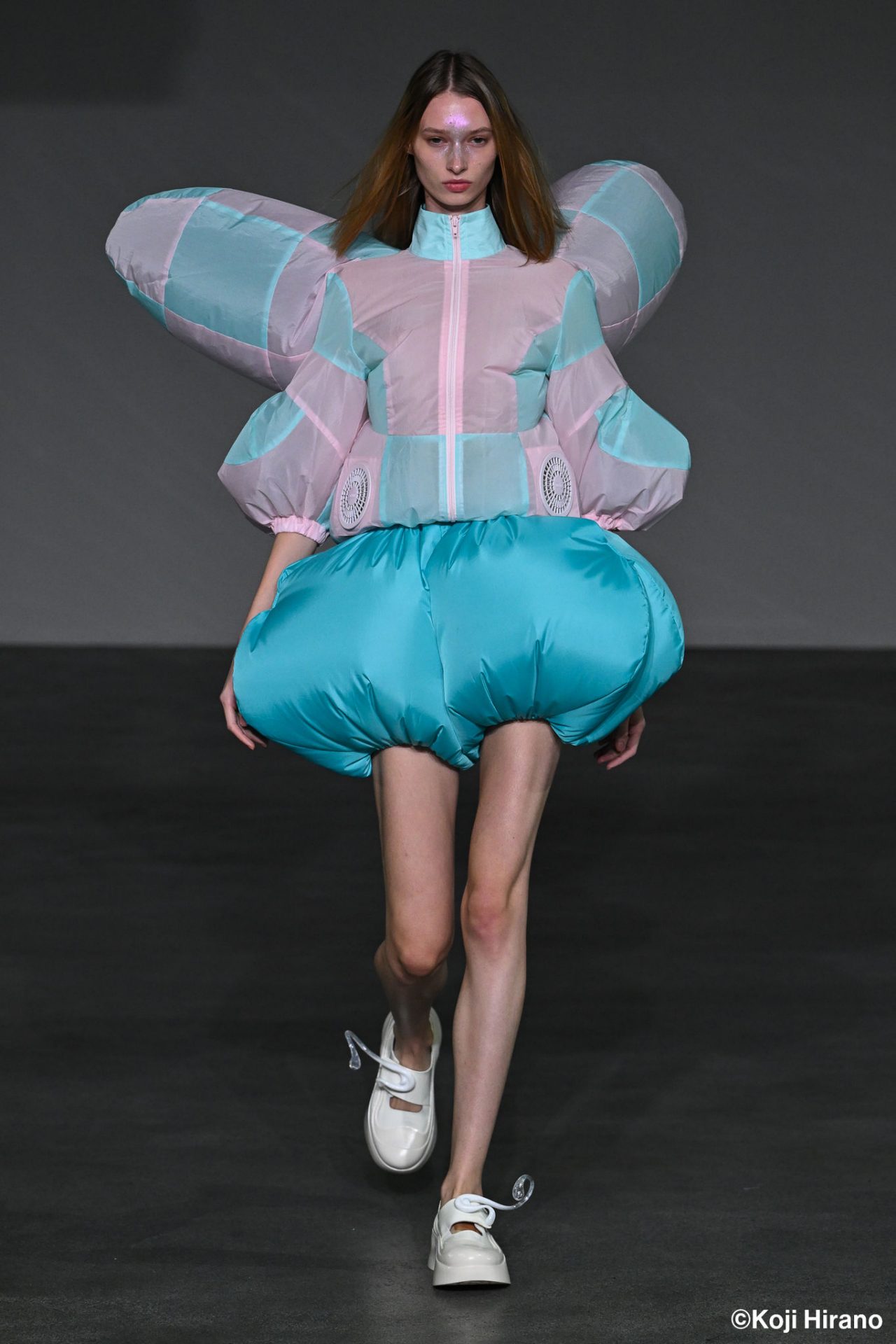 14
14
 15
15
 16
16
 17
17
 18
18
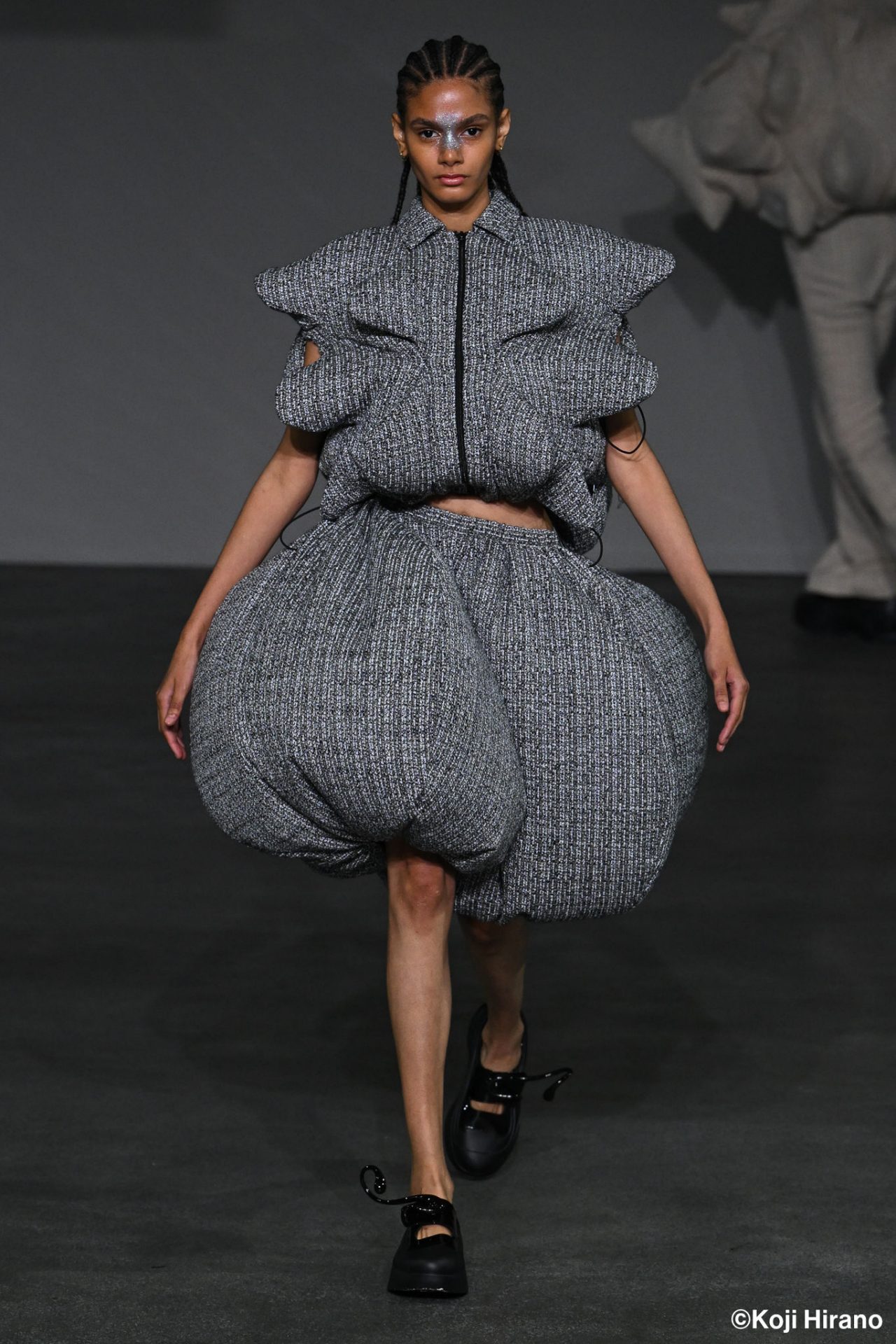 19
19
 20
20
 21
21
 22
22
 23
23
 24
24
| ※ |
|
Inquiries
Customers except within EU
KYOCERA Document Solutions Inc., Corporate Communication Section
Customers within EU
KYOCERA Document Solutions Europe B.V.
Kyocera Document Solutions Inc. ensures adherence to local data protection regulations. We have detected that your inquiry comes from within the EU. Therefore, due to the EU's General Data Protection Regulation, please note that your request will be forwarded to our regional headquarter: Kyocera Document Solutions Europe.
| * | This article is current, as of the date of publication. |



